Written by: Chezlyn Patton, MD, (NUEM ‘27) Edited by: David Adler, MD (NUEM ‘25) Expert Commentary by: Melissa Marinelli, MD
Expert Commentary
Doctors in the ER are under intense time pressure to see many patients quickly and make hundreds of decisions over the course of a single shift. This actually fosters a natural honing of communication skills, because rapport must be developed quickly with anyone who walks through the door. However, that same time pressure can also make it feel like communication with patients "takes too long," and furthermore, the rushed nature of the ER tends toward a certain assumption of intervention. The implication is that the patient, by presenting to the ER, wants intervention, and it is not an environment that naturally lends itself toward stopping and asking what, in fact, each individual patient does want.
Many patients come to the ER scared and vulnerable, and what they want is to feel that they are being cared for. We can do this by slowing down just a bit to make sure we listen to their history, validate feelings, explain what is going on and, when appropriate, offer treatment plans and recommendations that align with their goals. My own goal is always to provide value-driven, goal-concordant care, and doing so takes active listening, involvement of the patient's support system, letting go of assumptions about who my patients are, and connecting with who the patient is as a person to allow me to best meet their medical needs.
Melissa Marinelli, MD
Clinical Associate, Inpatient Palliative Medicine, University of Chicago Medicine
How To Cite This Post:
[Peer-Reviewed, Web Publication] Patton, C, Adler, D (2024, Dec 23). Rapport Building. [NUEM Blog. Expert Commentary by Marinelli, M]. Retrieved from https://www.nuemblog.com/blog/rapportbuilding






